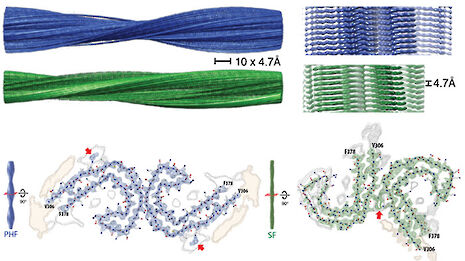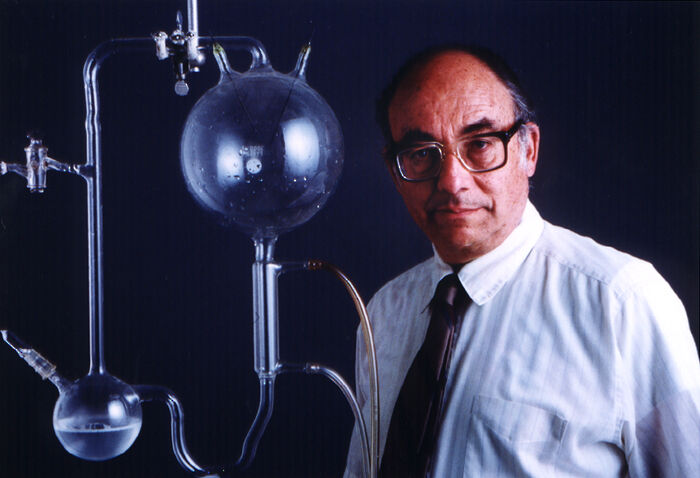The microscope shining a light on the building blocks of life
Laura Shen examines the role of the cryo-electron microsope in today’s scientific world and how its need was realised

When Antonie van Leeuwenhoek first looked though a microscope, he could barely believe the existence of trillions of microorganisms which populate our world. Curiosity has driven us further – to try to explain everything, and that which could be seen by naked eyes can no longer offer sufficient explanations. The invention of the optical microscope had marked a new era in biology and revolutionized the way people viewed the world. Today, we are on the frontier of a similar revolution, spearheaded by the cryo-electron microscope.
As we saw with the first microscopes, life is made from miniature building blocks, or cells – now understood as an essential division of life. Since we are built from cells, perhaps we should ask: what are cells made of? Cryo-electron microscopy (cryo-EM) answers questions on this subcellular scale. Lipids (fats), proteins, nucleic acids and sugars comprise the organic products that populate all living cells, along with various salts and small molecules.
These products combine and recombine in billions of permutations as they work to sustain life. Some molecules are drivers, ferrying proteins and ions across cell boundaries. Some are chefs, feeding the hungry with electrons full of energy. Others are managers, making sure every molecule is on task, and recruiting help when necessary. The cell is far more than a well-oiled machine; it is a bustling metropolis. With the invention of cryo-EM, we finally shed light on the microscopic alien life inside.
As cellular components are incredibly small, studying them is no doubt a daunting task. Previous techniques relied on large quantities of high purity molecules packed in an organized lattice for structural determination, but such techniques limit the molecules’ mobility. As molecular functions are synchronous with structures and movements, accurate recordings of both are necessary for complete understanding.
Cryo-EM, by rapidly freezing molecules in the midst of their activity and imaging them in their various frozen states, can more completely capture the molecules’ range of motion. The information they reveal points to a directed and purposeful activity within the cell. Only by understanding the cell’s individual components can we fully elucidate how cells function.
Macromolecular malfunction underlies the majority of non-infectious disease. In July 2017, cryo-EM revealed the first images of tau polymers. Tau proteins have long been hypothesized to form polymers in the brain, triggering neuron death, manifesting as Alzheimer’s disease.
Previously, imaging these molecules would have been impossible. Now, armed with a new method of inquiry, they may be directly investigated and targeted for drug design. In the same manner, cryo-EM may shed light on the multitides of unknown processes our bodies still hide. What makes the immune system attack harmless allergens? How do cancers evade drugs? How are genes turned on and off? With the advent of this new age, whys and wherefores are not from from the horizon.
 News / Eight Cambridge researchers awarded €17m in ERC research grants27 December 2025
News / Eight Cambridge researchers awarded €17m in ERC research grants27 December 2025 News / Downing investigates ‘mysterious’ underground burial vault 29 December 2025
News / Downing investigates ‘mysterious’ underground burial vault 29 December 2025 Lifestyle / Ask Auntie Alice29 December 2025
Lifestyle / Ask Auntie Alice29 December 2025 Sport / Hard work, heartbreak and hope: international gymnast Maddie Marshall’s journey 29 December 2025
Sport / Hard work, heartbreak and hope: international gymnast Maddie Marshall’s journey 29 December 2025 Interviews / Meet Juan Michel, Cambridge’s multilingual musician29 December 2025
Interviews / Meet Juan Michel, Cambridge’s multilingual musician29 December 2025










